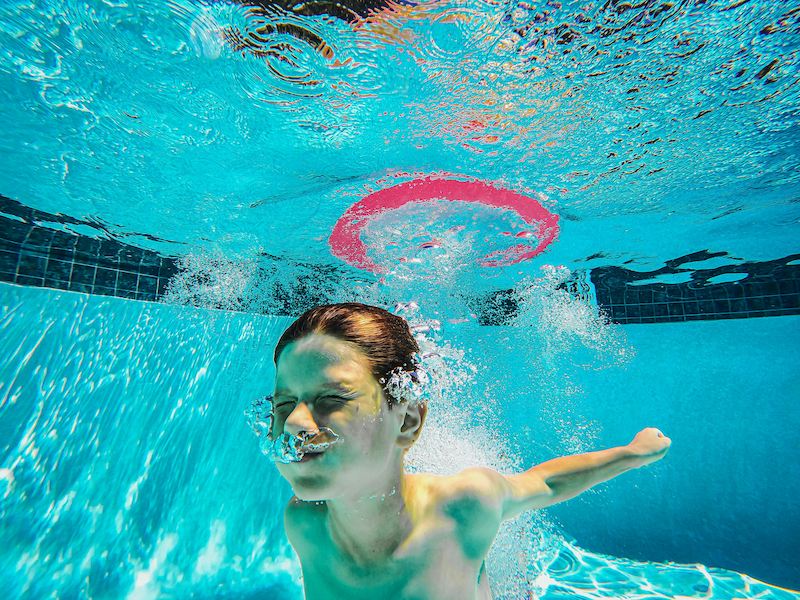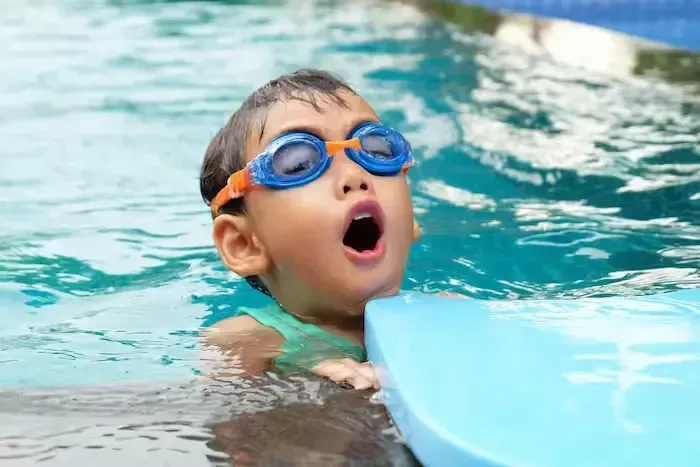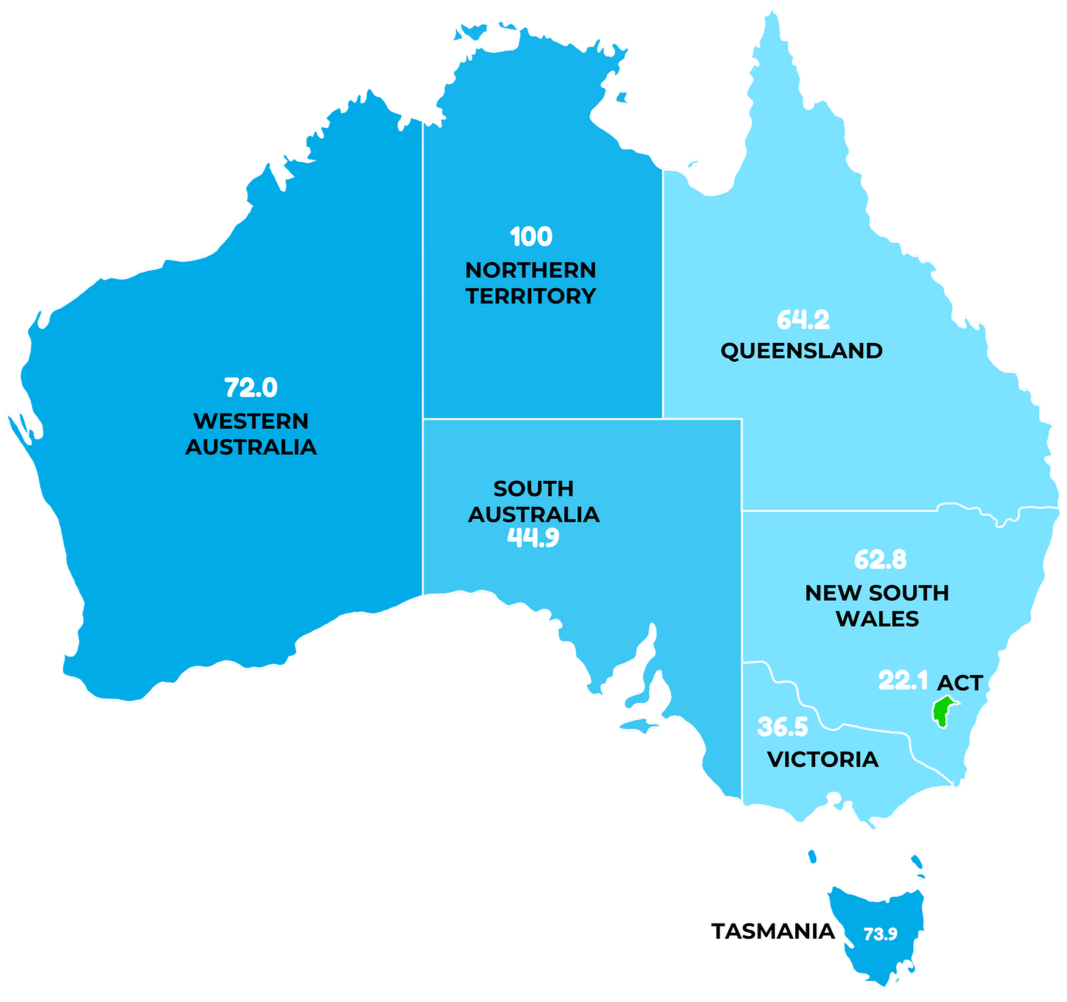Understanding the Risks of Incorrect Submersion
TABLE OF CONTENTS
Submerging your baby the correct way is important, especially as the weather warms up and more parents head to the pool to cool off and enjoy time with their little ones.
We thought it was the perfect time to go over the technical side of submerging children under the age of three.
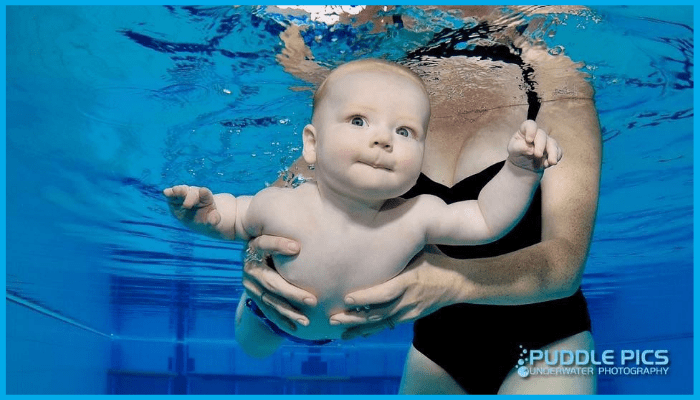
It is extremely important that parents are fully aware of the dangers of submerging babies that have not been conditioned to submerge correctly.
Not only will you end up having a child that will have a fear of swimming or the water but your are also running the risk of secondary drowning and or Hyponatremia/water intoxication.
Without waiting until your baby is conditioned to submerge by placing them underwater their air way will be open and the water that enters the mouth will go straight into the stomach and lungs.
Most babies under the age of one will not complain if they are being submerged incorrectly which make this age group extremely dangerous.
The Importance of Conditioning Your Baby
At Aquatots we fully condition our babies to submerge. This process also supports parents wondering how to get their child to put their face in the water.
Using the Submersion Reflex and Verbal Cues
Up until the age of three years old your baby has a reflex that we use for submerging. The reflex we use to condition the babies is a falling reflex, when your baby shuts their eyes their epiglottis (throat) will close over as well.
To teach your baby to use this reflex on cue we add the words 1, 2, 3 under and engage the baby reflex. Practising with
positive language in baby swim
can enhance this process.”
With enough practice you will find your baby will hear the words 1, 2, 3 under and will shut their eyes on cue and that is when they are ready to submerge.
Step-by-Step Conditioning Techniques
This conditioning can be started from birth, and it's important to note that
babies under 6 months can swim with the right guidance.
Use the cue 1, 2, 3 under and gently wipe or pour the water over your
baby’s face.
If you choose to use
flotation aids that meet safety standards, ensure they fit your baby properly and are used under close supervision.
Eventually your baby will hear the words and will shut their eyes on cue. This conditioning can be started from birth.
Recognising When Your Baby is Ready
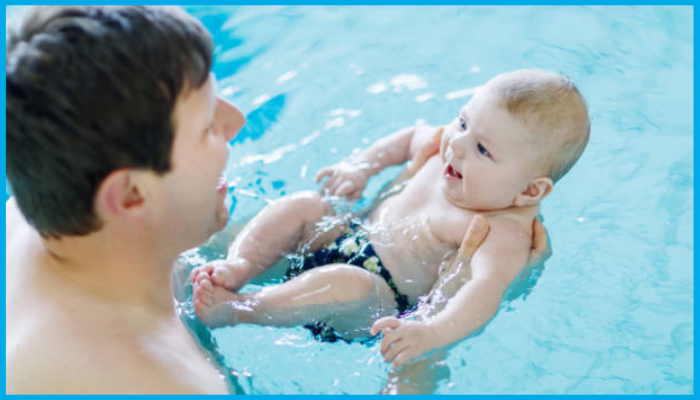
It is important you allow your baby to learn the cue and engage the reflex before you attempt submerging.
Waiting until your baby is ready will mean the outcome will be a comfortable relaxed swimmer.
How to Submerge Safely and Smoothly
Once your baby has learnt the verbal cue it is time to move onto submerging. Keep in mind that your baby does have two cues.
The verbal (1, 2, 3 under) and a physical cue, which is a small lift on the word under. You must hold your child horizontal in the water as a vertical submersion will push the water up their nose (this stings).
Move with your baby; ensure you can see their face, and use the verbal cue, lift on the word under and if your baby’s eyes are shut they are ready to submerge.
Always make sure you’re following
recognised safety practices and using age-appropriate techniques.
Focus on your baby’s eyes not their mouth. If they eyes are closed the airway will be as well so even if their mouth is open the water can not get passed the throat.
Reading Your Baby’s Body Language
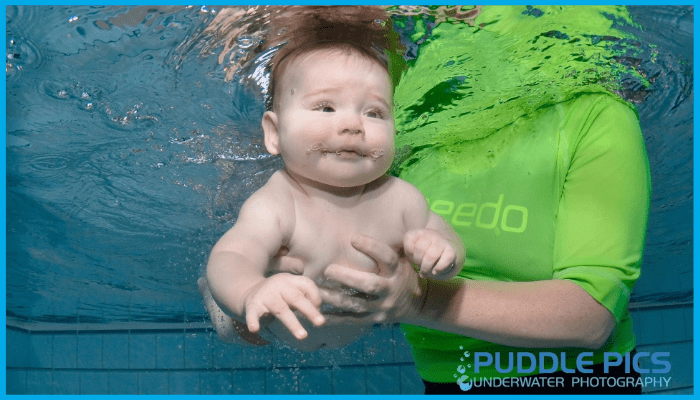
At this point you will also need to be reading your babies face and body language to ensure they are relaxed and ready for the submersion.
If your babies body seems tight or they are straining to keep their head up or if they are saying or making no sounds or gestures please DO NOT submerge.
You may wish to focus on more relaxed water skills like
beautiful baby back floats
until your baby shows signs of readiness.”
Allow your baby to ease in and become relaxed with what you are about to do. All your movements when submerging your baby must be smooth and controlled.
Try to use natural movement and not force your child through the water.
Babies under the age of three do not have enough neck strength to hold their head forward against the strength of the water so when forcing or pushing through the head will tip back and the water will go up their nose (this stings).
Fast and sudden movements also tend to startle and frighten babies. When a baby is startled they will throw their arms outwards and take a breath in.
If this happens underwater your baby will not only be shocked and unhappy but they will have had a big gulp of water.
Making your movements gentle and smooth will be paramount to your babies enjoyment of their time under the water.
Final Tips for Safe and Happy Swimming
The main aim of your submersions will be for you as the parent or guardian to relax and allow your baby to submerge when they are comfortable and ready.
The end result will ensure your baby will have maximum enjoyment above and under the water especially when you understand
the benefits of baby swimming
from an early age.
Our structured
babies swimming lessons focus on safe submersion techniques, reflex conditioning, and building confidence in the water from day one.
Frequently Asked Questions
When is it safe to start submerging my baby in water?
Conditioning can begin from birth, but actual submersion should only start when your baby is showing clear signs of readiness as described above.
What should I do if my baby swallows water during submersion?
Stay calm, comfort your baby, and avoid forcing further submersion. Monitor for any signs of distress and consult your swim instructor if unsure.
Can I practise submersion techniques at home?
Yes—conditioning with cues and small amounts of water over the face can be done during bath time under supervision.

